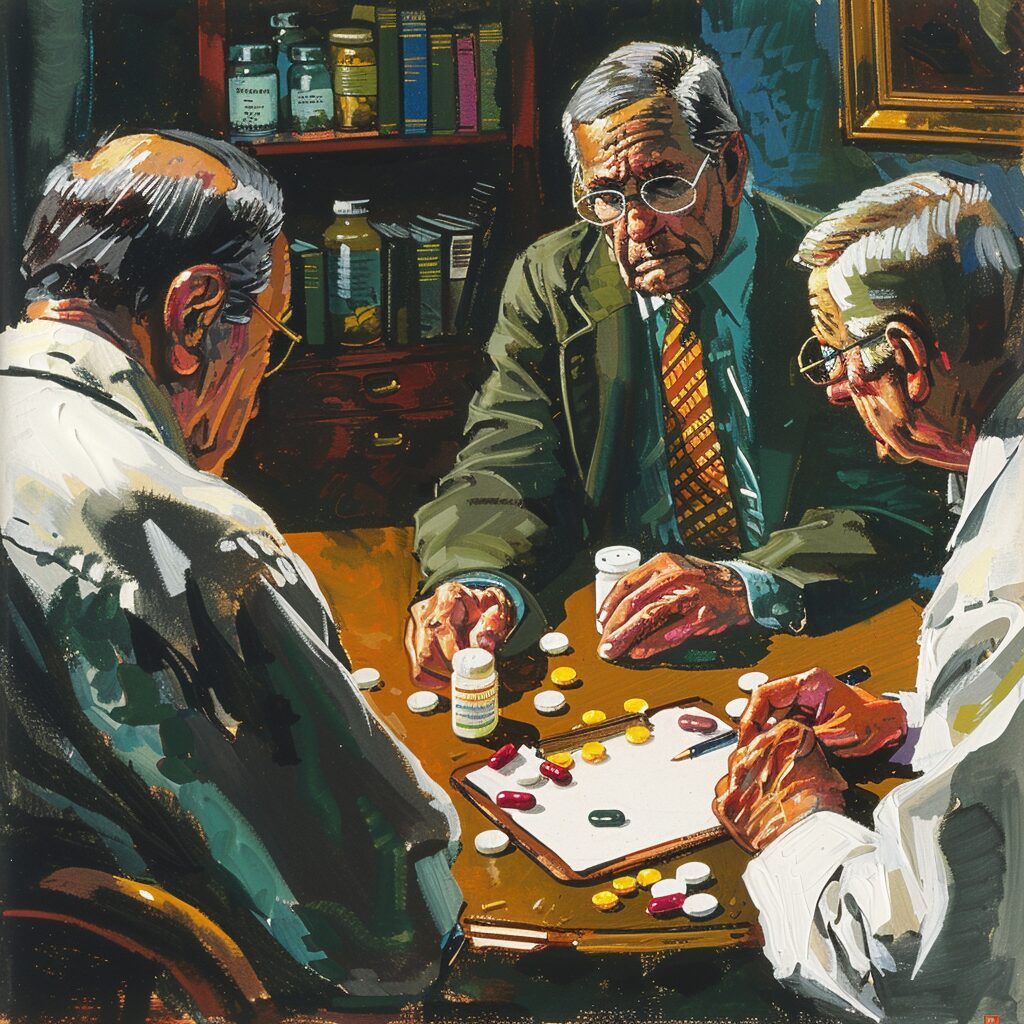Key takeaways:
- Distress tolerance and emotion regulation modules of dialectical behavior therapy (DBT) can be effective in helping individuals with addiction handle strong emotions and past trauma.
- Distress tolerance skills include the STOP skill, TIP strategies, and rethinking techniques to manage overwhelming emotions.
- Emotion regulation skills in DBT include radical acceptance, dealing with strong emotions, problem-solving, and checking the facts to assess the intensity of emotions.
- DBT is a form of cognitive-behavioral therapy (CBT) and can be integrated to address the underlying issues contributing to addiction.
- Lantana Recovery offers a comprehensive DBT program for individuals interested in developing these skills to support their addiction recovery journey.
Distress tolerance and emotion regulation modules of dialectical behavior therapy (DBT) help moderate strong feelings in individuals facing stressful situations as clinical trials on Dialectical Behavior Therapy Skills Training (DBT-ST) as a stand-alone intervention for alcohol use disorder (AUD) showed promising outcomes. People who are addicted to substances often lack the capacity to handle strong emotions. As a result, they turn to substances to help numb their feelings.
This blog will examine both sets of skills to understand how people addicted to substances can better handle their emotions and past trauma. A study in Addiction Science & Clinical Practice found that DBT was empirically effective in treating substance abuse with a co-occurring disorder. Lantana Recovery offers a full DBT program option for those who choose to participate.
Distress Tolerance
Techniques adopted from dialectical behavior therapy (DBT) can potentially enhance treatment outcomes by specifically addressing issues of impulsivity, emotion regulation, and distress tolerance. There are multiple skills learned in distress tolerance, including the following:
STOP Skill
The first distress tolerance skill in the distress tolerance module is the STOP skill. The STOP skill calls us to freeze when we are overwhelmed with emotion:
- Stop: Freeze in the moment. Do not move. Pause yourself and your thoughts to the extent that you can.
- Take a step back: Try and extricate yourself from your situation by taking a step back, do not act impulsively. Take a deep breath and allow yourself some space from the stress you are feeling.
- Observe: Observe your thoughts and feelings as an unbiased third party. What are you feeling? Why are you feeling that way? How are others feeling?
- Proceed mindfully: Go forward carefully, considering the implications of your next move on yourself and others. Be sure to use your “wise mind,” which is your mind guided by reason and values. Will acting in a certain way make your situation better or worse?
TIP
TIP includes three strategies to reduce stress at the moment by changing your body chemistry. The first “T” relates to the temperature of your body. In a moment of severe stress, Dr. Marcia Linehan, the creator of DBT, suggests dunking your head in ice-cold water.
Secondly, she suggests engaging in intense exercise. Thirdly, she advises paced breathing and paired muscle relaxation. For paced breathing, she advises only six breaths per minute. For paired muscle relaxation, she suggests inhaling into the chest while tensing the abdominal muscle and then exhaling while saying “relax.”
Rethinking
If you’ve experienced a traumatic event, Linehan provides guidance on how to rethink situations that cause distress. First, think about the prompting event. Second, write down how the event makes you feel through your interpretation of it. Third, come up with “effective” thoughts that counteract the interpretation that you’ve come up with.
You want to see if you can determine a different interpretation or implication for the event or occurrence that has less of a negative connotation. This can be merged with paired muscle relaxation by saying the “effective” thought out loud as you breathe in and saying the word “relax” as you breathe out.
Emotion Regulation
There are many ways emotion regulation is incorporated into DBT, including the following:
Radical Acceptance
For those who have experienced a traumatic event or have made a mess of their lives as a result of addiction, radical acceptance can be an effective tool. Radical acceptance does not involve passivity to a circumstance or approval of it. Rather, radical acceptance is a willingness to understand that the present moment cannot be changed.
Radical acceptance is the culmination of people, places, things, and events that have led up to this very moment. Those events happened, and there is nothing you can do to change the past. The only thing you can do is change the future. Imagine yourself accepting reality. What would you do if you truly accepted reality and were ready to move forward?
Dealing With a Strong Emotion
The first thing you need to determine is if your emotion fits the facts or circumstances you face. Ask yourself whether acting on the emotion will be effective. If the answer is “yes,” practice being mindful of your current emotion by observing it, noticing your bodily sensations, extricating yourself from the situation and emotion, and not judging the emotion.
If you feel it is appropriate, act on the emotion, but be sure to be fully willing to accept the consequences. Even if the emotion is warranted, and acting on it would be effective, it may still be unwanted. In such a case, consider problem-solving.
Problem-Solving
Problem-solve by identifying a goal that will rid you of the unwanted emotion and brainstorming a solution. If acting on the emotion will not be effective, then do not act on the emotion. Consider engaging in opposite action, which essentially calls you to act in a radically contrary way to the urge you have. Continue this action until the underlying urge subsides.
Check the Facts
One of the most important tenets of emotion regulation is checking the facts of your emotion. First, identify the emotion you want to change. Then understand the event that is causing the emotion. Examine the thoughts, assumptions, and biases that may be impacting your interpretation of the event. Ask yourself whether the threat you perceive is real or imagined. Proceed to imagine yourself coping with the worst-case scenario. Then ask yourself whether the intensity of your emotions fits the facts.
Integrating CBT
DBT is a form of cognitive-behavioral therapy (CBT). It may be considered a structured “checking the facts” session with a therapist. CBT is typically a talk session where you and your therapist identify difficult challenges in life and try and develop strategies to solve them. “Individual and structured psycho-educational DBT/CBT groups support existing data suggesting that a structured psychotherapeutic approach is useful for patients who respond partially or not at all to drug therapy” (CBT/DBT skills training for adults with attention deficit hyperactivity disorder (ADHD), Cole et al., 2016.)
Bottom Line
If the issue is addiction, a therapist may want to explore the root of the addiction, which may lie in childhood trauma, post-traumatic stress disorder (PTSD), or depression. The therapist then works to alleviate that underlying issue through a change in perspective or other concrete strategies, which may include those detailed in DBT. According to Psychiatry Clinics of North America, there is a strong body of evidence supporting the efficacy of CBT as an effective intervention for substance use disorders (SUDs).
Lantana Recovery understands the importance of being able to handle stress for those who struggle with addiction. That’s why Lantana Recovery offers a variety of DBT programming specifically targeted at these modules for those who are interested in participating. For distress tolerance, STOP, TIP, and rethinking are key aspects of the strategies outlined by Linehan. The common denominator among these strategies is exercising mindfulness at the moment. Linehan offers a couple of different strategies for regulating one’s emotions. These include radical acceptance, opposite to emotional action, problem-solving, and “check the facts.”







